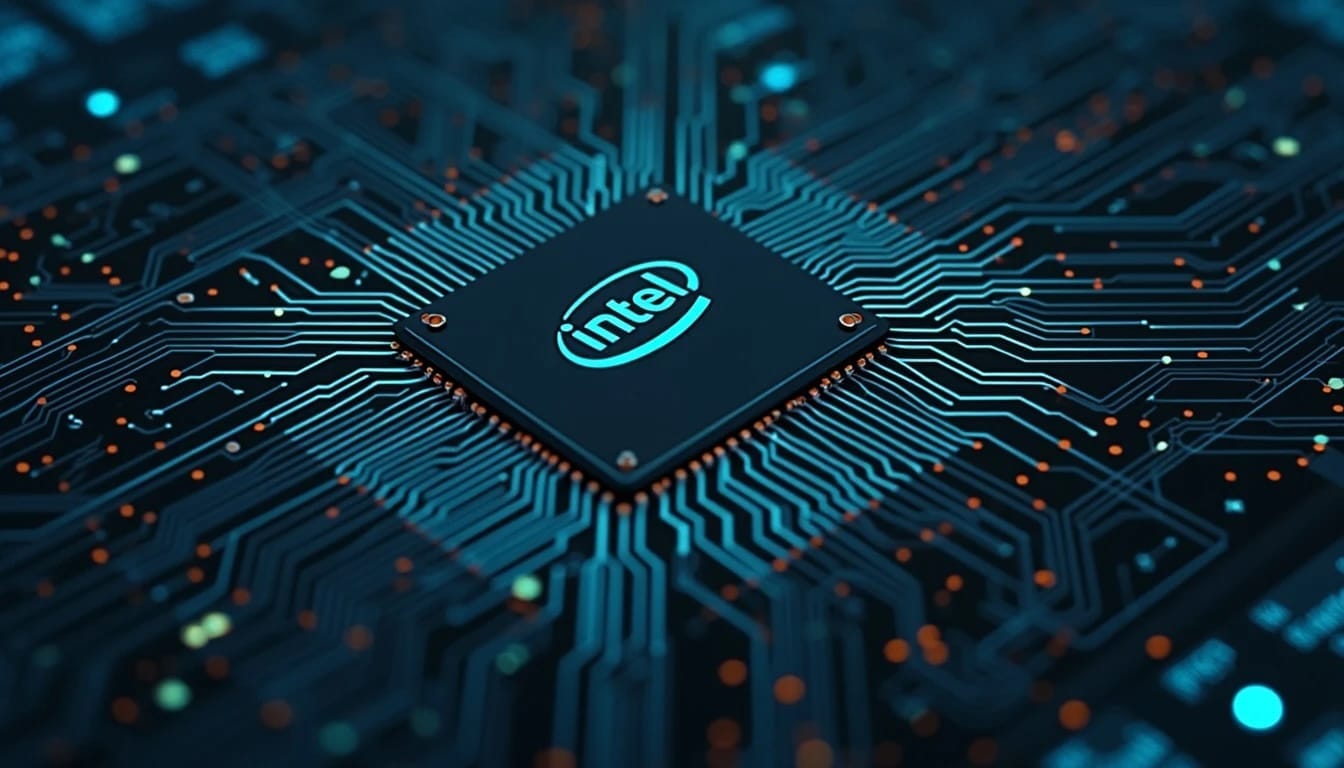Intel has initiated a new phase of its restructuring plan, announcing the layoff of 1,300 employees in Oregon as part of a global strategy to reduce 15,000 positions worldwide. This measure, one of the largest rounds of layoffs in the state’s history, comes amidst declining revenues and fierce competition in the semiconductor sector.
Since 2021, Intel has seen a close to one-third drop in its revenues, which has prompted the company to make drastic decisions to cut costs and maintain its competitiveness against rivals such as AMD, NVIDIA, and TSMC, especially in key areas like artificial intelligence, where the company has lost ground.
A necessary cut for Intel’s future
In its official statement, Intel acknowledged that the cuts are painful but essential to ensure its long-term future. “These are the toughest decisions we have ever made, and we are treating people with care and respect,” the company said. “These changes support our strategy to become a more efficient, simpler, and agile company.”
While direct layoffs of 1,300 employees in Oregon have been reported, the total numbers are significantly higher when voluntary departures and early retirements are considered. Around 1,700 additional employees are estimated to have accepted these options, bringing the total number of exits in the region to nearly 3,000 people.
An uncertain future despite federal subsidies
Despite having received over $8.5 billion in federal subsidies through the CHIPS Act of 2022 and an additional $115 million in state financing to expand its campus at Gordon Moore Park in Oregon, Intel continues to face serious financial challenges. These funds, aimed at strengthening semiconductor production in the United States and reducing dependence on Asian factories, have not prevented the Oregon plant from being affected by the layoffs.
In addition, it is unclear how these cuts will impact other important projects of the company, such as the construction of new factories in Arizona and Ohio, which are part of its plan to increase local production capacity.
Growing competition and Qualcomm’s interest
The financial situation of Intel has caught the attention of Qualcomm, which, according to reports, is waiting for the outcome of the elections in the United States to evaluate a possible purchase offer for part of the company. Meanwhile, Intel’s restructuring is progressing slowly, and investor confidence has not recovered as expected. The company’s value has increased gradually, causing concern among shareholders and adding pressure on CEO Pat Gelsinger.
In this complex landscape, Intel seeks to find a balance between necessary cuts and strategic investments to once again position itself as a leader in the semiconductor industry, while trying to regain market confidence and stabilize its business in an increasingly competitive environment.

